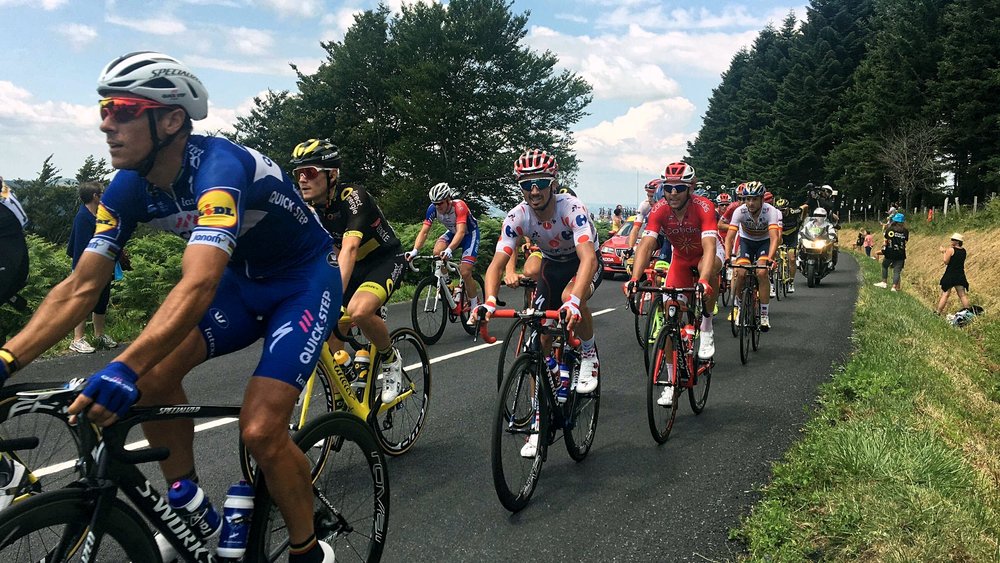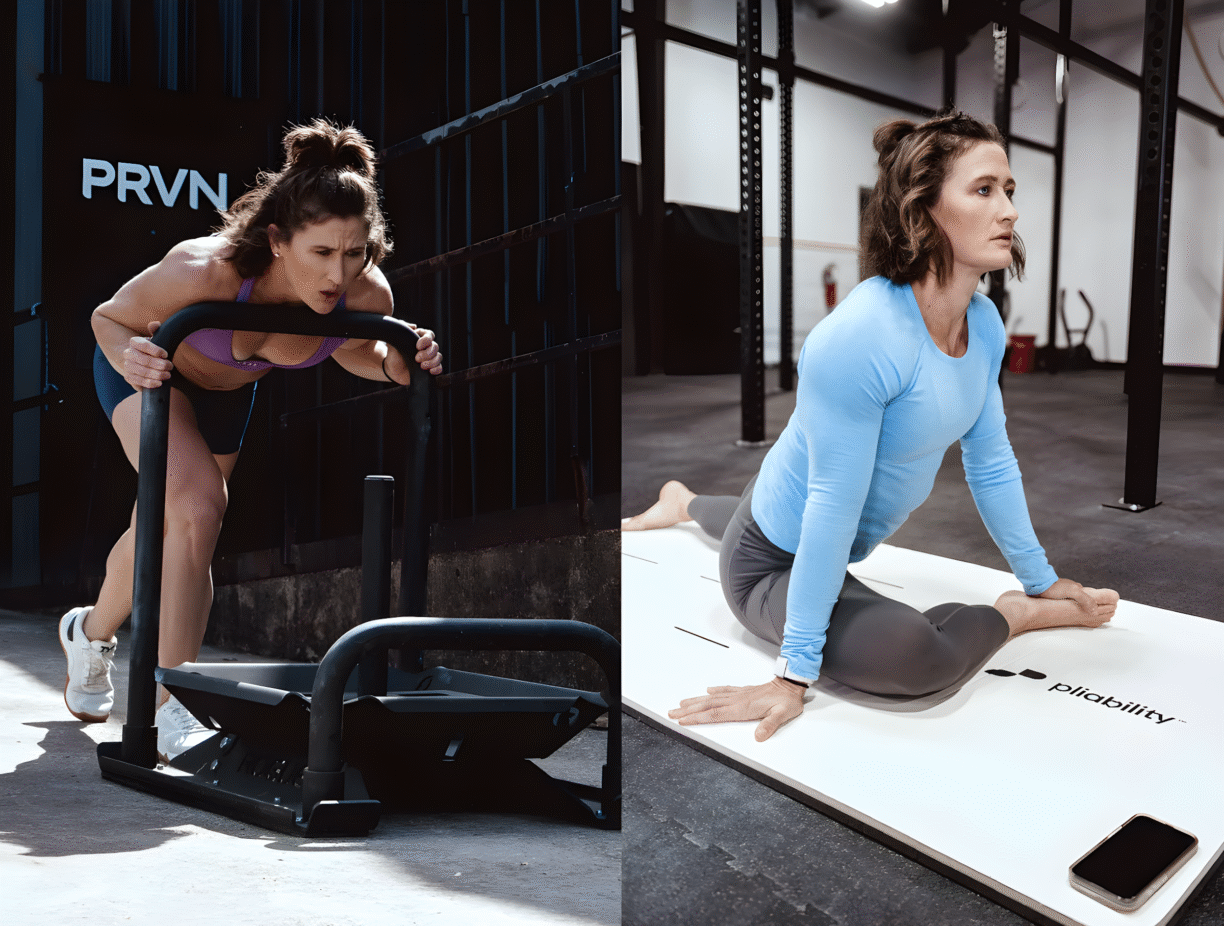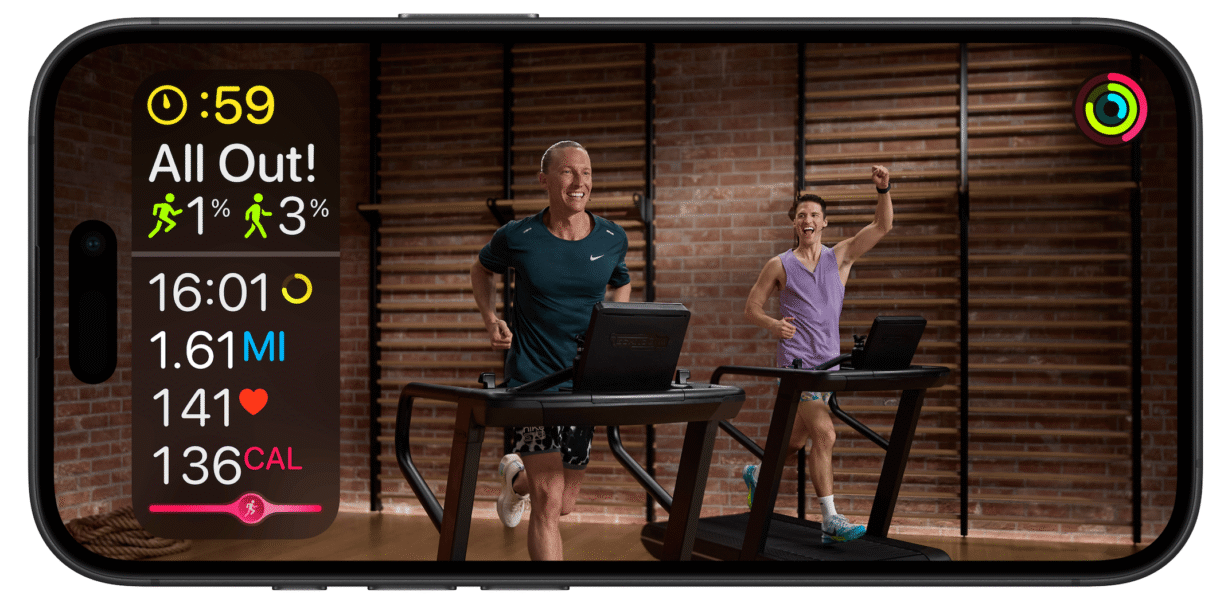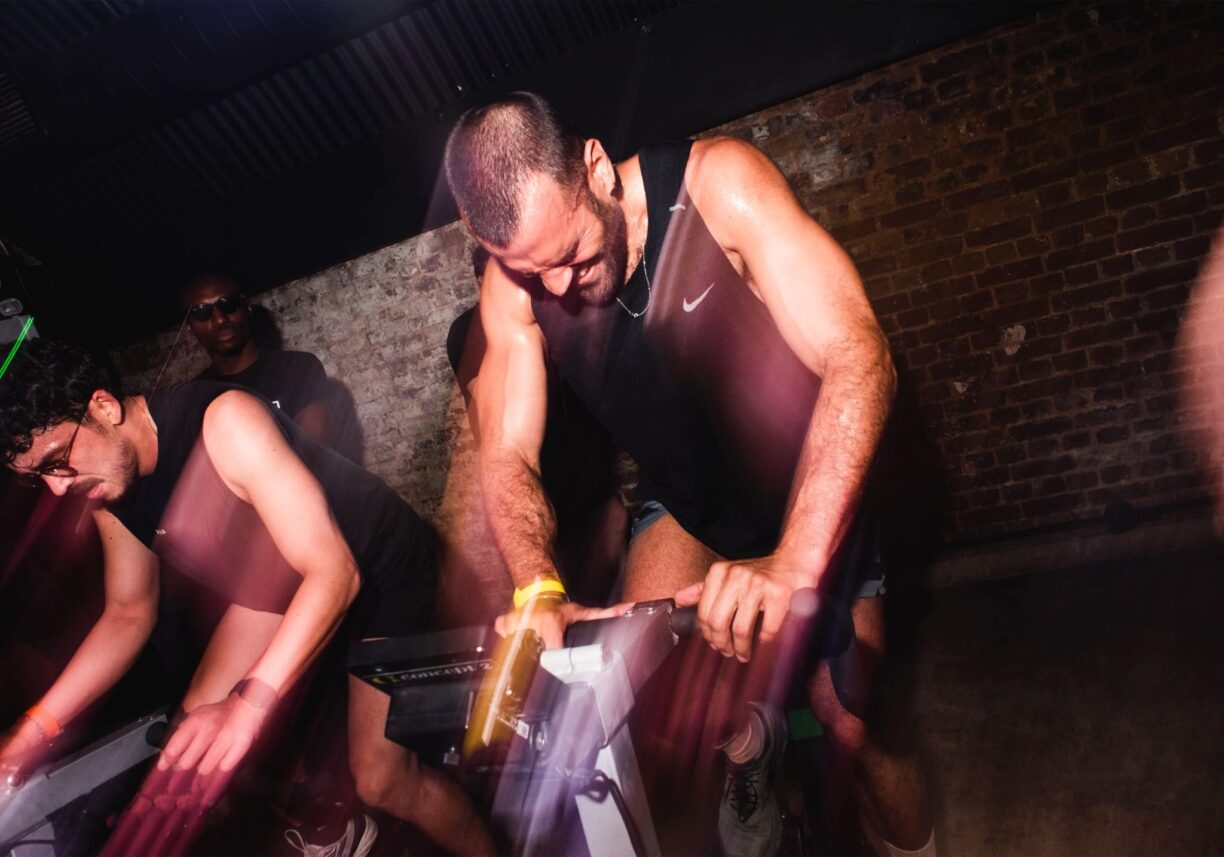Related Topics
Maintenance | Gear | Spin
Cycling is something that can improve your life in a number of ways from helping you ditch the car to saving money and getting fit.
This guide will answer all your questions and give you all the information you need to get into cycling.
This guide is for people who already know how to ride a bike and want to take this to the next step by cycling more seriously, cycling in organised rides, and cycling to work etc.
Buying a bike
If you’re ready to get into cycling, the first thing you’ll need to do is buy yourself a new bike.
A clunky old city bike or your childhood mountain bike unfortunately won’t do the job so you’re best off investing in a reasonably priced road bike.
Road bikes have a slightly different geometry to a mountain bike and will allow you to naturally ride faster and more efficiently, therefore allowing you to ride further with less effort and get more out of your rides.
Where to buy a bike
You can buy a reasonably good quality road bike for around £500/$650 and they are well worth the investment. Stick with the big brands such as:
o Boardman
o Specialized
o Giant (or Liv for women)
o Canyon
o BMC
o Felt
You can either buy your bike online and have it delivered or you can go to your local bike shop to pick one out and try it before you buy.
You would also benefit from expert advice if you go into the shop.
However, remember that you’ll need to be able to get it home so you’ll either need a large car or a bike rack. Make sure you organise this before you go to pick up your new bike.
Getting a bike fit
Once you’ve bought your bike, it’s paramount you tweak the adjustments so that it fits you properly. You will need to adjust the height of the saddle and handlebars so that you’re comfortable.
Riding an ill-fitting bike can cause excruciating pain so do your research and pay special attention to this before you do any riding.
If you want, you can get a professional bike fit from most bike shops. It might cost money or it might be free so it’s worth checking first.
Read more: Everything You Need To Know About Buying Your First Road Bike
Buying bicycle clothing
Once you’ve bought your bike, you’re ready to ride! However, if you’re going to be riding any real distance, it’s well worth investing in proper cycling clothing.
Bicycle clothing is designed to be streamlined to help you ride faster as well as keep you safe as you won’t have any baggy clothing getting caught in the mechanics of the bike.
Perhaps most importantly, proper cycling gear is designed to keep you comfortable mile after mile as a road bike saddle can be notoriously uncomfortable, especially after being in it for over an hour.
Most cycling jerseys feature large pockets to the back so that you can store your valuables easily and don’t have to worry about taking a bag with you when you ride.
The basics that you’ll need are a couple of cycling jerseys and a pair of bib shorts.
Bib shorts have suspenders that go over your shoulders to keep them secure and locked in place so that the waistband doesn’t roll down and become uncomfortable while you’re cycling.
There are numerous other pieces of cycling clothing and accessories that you can buy, but these are the basics for you to start with.
Read our guides below for a full rundown of all bicycle clothing and why you might need it.
Read more: Cycle Gear Buying Guide
Read more: What Kit Do You Need For Cycling
Read more: How To Wash Lycra Cycling Kit
Also, make sure you buy a good quality bicycle helmet, read our Guide To Buying A Cycle Helmet for full information.
Learning to ride a road bike
Once you’ve bought your road bike and got it home, you might be surprised to find it’s much trickier to ride than what you’re used to.
A road bike has a different geometry to a mountain bike meaning you lean further over the handlebars and this has a big effect on your body.
Also, all road bikes have a high bar between the saddle and handlebars, so if you’re used to riding a city bike and swinging your leg through the middle, you will need to learn to stop doing that!
The best way to get used to riding your new road bike is to take it out for a spin and see what challenges you face.
You will need to figure out the gears as there is a big cog and a small cog and two paddle shifters on each side of the handlebars.
Also, take some time to test out the brakes as they may well be sharper than what you’re used to!
The best way to get used to it is with practice. Leaning over the handlebars puts a lot of pressure on your hands, wrists, and shoulders so these parts of your body will take time to get used to this and might ache a lot at first but this is perfectly normal.
It will certainly hurt at first but don’t give up, because you will soon get stronger and your body will get used to the position.
To help your muscles stop aching so much, make sure to do lots of strength training at the gym and core workouts to strengthen your abs as they will be holding you up a lot of the time and using more of your core muscles will allow you to take pressure off your hands and wrists.

Cycling on the road
Once you’ve mastered the art of riding a road bike, you’re ready to get out on the road.
Cycling on the road can be very scary and daunting for anyone so don’t worry if you feel nervous or scared, this is perfectly normal.
Cyclists get a bit of a bad rap from motorists so take care and cycle cautiously.
Some motorists will be fine but others may drive too close to you so it’s important to be aware of your surroundings.
You might want to invest in a helmet cycling camera to give you peace of mind and capture any incidents that may occur.
Start off by riding on quiet roads and cycling paths until you have more confidence. Cycling on a Sunday is the best time when you’re just starting out as traffic is always lighter, especially early in the morning.
You will need to be confident enough to take one hand off the handlebars so that you can indicate.
As with everything, gaining confidence riding on the road comes with practice.
You might find that riding in an organised sportive that’s ridden on open roads will help with your confidence because you’ll have lots of other cyclists around you and feel the safety in numbers.
Read more: Top Tips To Increase Your Confidence On The Bike
Commuting by bike
Commuting by bike has lots of benefits such as saving you money, helping you get fit, as well as the fact that cycling to work is a great way to make your workday more eco-friendly.
Cycling to work is fairly different to going out for a training ride at the weekend and as such you will need to make adjustments.
You might need to add panniers to your bike so that you can transport your belongings with you and you will at the very least need to take a change of clothes with you.
If you’re going to commute by bike, you’ll need to be confident cycling on the road and being surrounded by traffic.
Make sure your bike handling skills are up to scratch so that you can indicate with your arms and follow the highway code.
It’s best to take it easy when cycling to work otherwise you’ll be hot and bothered when you get there. Don’t overdo it and enjoy the ride.
There are steps you can take when you get to work in order to freshen up but getting changed will be the main thing.
Read more: How To Freshen Up After Cycling To Work
Cycling in organised bike rides
The final hurdle to overcome once you’ve become an established cyclist is taking part in an organised ride or ‘sportive’ as they are known in cycling circles.
The Tour de France is perhaps the world’s most famous sportive, but if you don’t think you’ll be joining the king of the mountains at next year’s event, there are plenty of other organised group rides all over the world.
Cycling in organised bike rides can be a great way of exploring on your bike without having to worry about getting lost or forging your own path.
Enjoy the benefit and support of marshals and rest stops and find a true passion for cycling.
Read more: How To Get Faster At Cycling
About the author: Alex Parren is a professional health and fitness writer as well as a certified personal trainer with years of experience. Alex writes for Sundried, a British activewear brand specialising in triathlon clothing.





